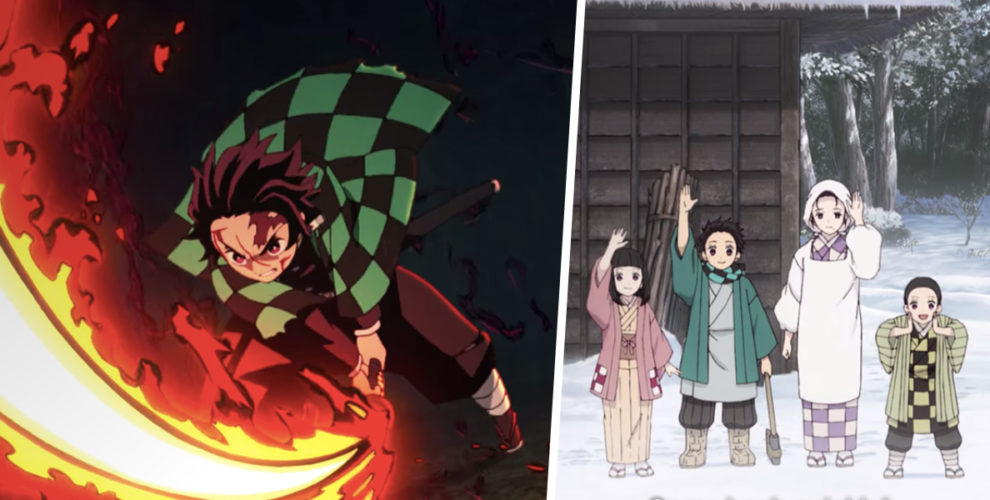Demon Slayer: Kimetsu no Yaiba has become a global phenomenon, captivating audiences with its stunning animation, epic battles, and emotional storytelling. But beneath the surface of slaying demons lies a world brimming with fascinating details. Here are 10 amazing facts that will make you appreciate Demon Slayer even more
Rooted in Reality: While demons and fantastical elements take center stage, the series draws inspiration from Japanese history and folklore. Locations are based on real places, and the various “Breathing Styles” used by Demon Slayers echo historical swordsmanship techniques. This unique blend of fantasy and historical grounding adds depth and realism to the world.
Record-Shattering Success: The immense popularity of Demon Slayer is undeniable. In 2020, the movie “Demon Slayer: Kimetsu no Yaiba – Mugen Train” surpassed the legendary Spirited Away by Hayao Miyazaki to become the highest-grossing anime film of all time. This record-breaking feat is a testament to the series’ quality and its ability to resonate with audiences worldwide.
An Alternate Hero? Believe it or not, Tanjiro Kamado, our determined protagonist, almost wasn’t the main character! Series creator Koyoharu Gotouge originally planned to focus on Inosuke Hashibira, the fierce boar-headed swordsman. Thankfully, Tanjiro’s charm and unwavering spirit won Gotouge over, and the rest is history.
A Symphony of Emotion: The series’ music is more than just background noise. Composer Yuki Kajiura masterfully crafted a rich and emotional score that perfectly complements the on-screen action. The blend of traditional Japanese instruments with modern orchestral arrangements creates a unique soundscape that heightens the viewing experience.
Color with a Cause: The distinctive colors of the Demon Slayers’ swords hold hidden meaning. Black blades represent swords passed down through generations, signifying tradition and legacy. Grey blades are reserved for elite Demon Slayers who have achieved the rank of Hashira, while the brown blades belong to those still in training, symbolizing their journey of growth.
Food for Thought: Food in Demon Slayer is much more than sustenance. It often foreshadows character development or reflects emotional states. Tanjiro’s favorite dish, rice with grilled salmon, evokes feelings of comfort and home. This subtle use of food symbolism adds another layer of depth to the story.
Animal Allies: Tanjiro’s comrades, Zenitsu and Inosuke, have animal companions who embody their personalities. Zenitsu’s sparrow, Chuntaro, represents his fear and cowardice, constantly cowering and hiding. Inosuke’s boar mask, meanwhile, reflects his wild and aggressive nature. These animal companions provide both comic relief and symbolic significance.
Beyond the Elements: While most Breathing Styles are inspired by natural elements like fire or water, there are some intriguing exceptions. Shinobu Kocho’s Insect Breathing mimics the swiftness and deadliness of insects, allowing for quick and precise attacks. Gyomei Himejima’s Stone Breathing emphasizes raw power and resilience, reflecting his imposing stature and unwavering determination.
The Power of the Nose: Tanjiro possesses an exceptional sense of smell, a crucial element in his swordsmanship. He can not only detect the presence of demons but also discern their emotions and fighting styles based on their scent. This unique ability allows him to gain a tactical advantage in battle and provides a deeper connection to the world around him.
Demons with a Past: Although portrayed as vicious creatures, some demons retain fragments of their human selves. This is particularly evident in Nezuko Kamado, Tanjiro’s demonized sister. Despite her transformation, Nezuko fights alongside her brother while fiercely protecting her humanity. This portrayal of demons adds a layer of complexity and challenges viewers to see beyond the fangs and claws.
